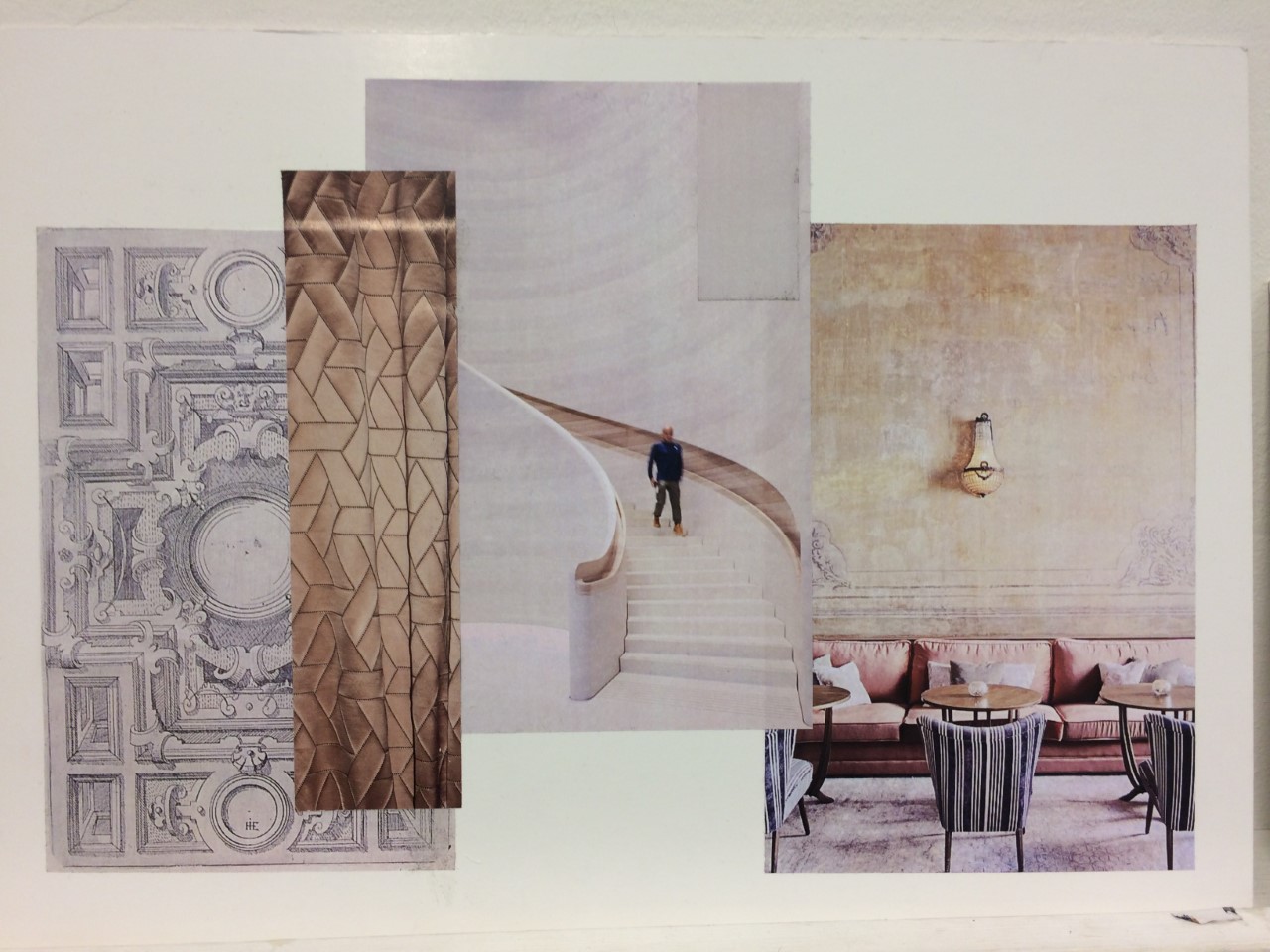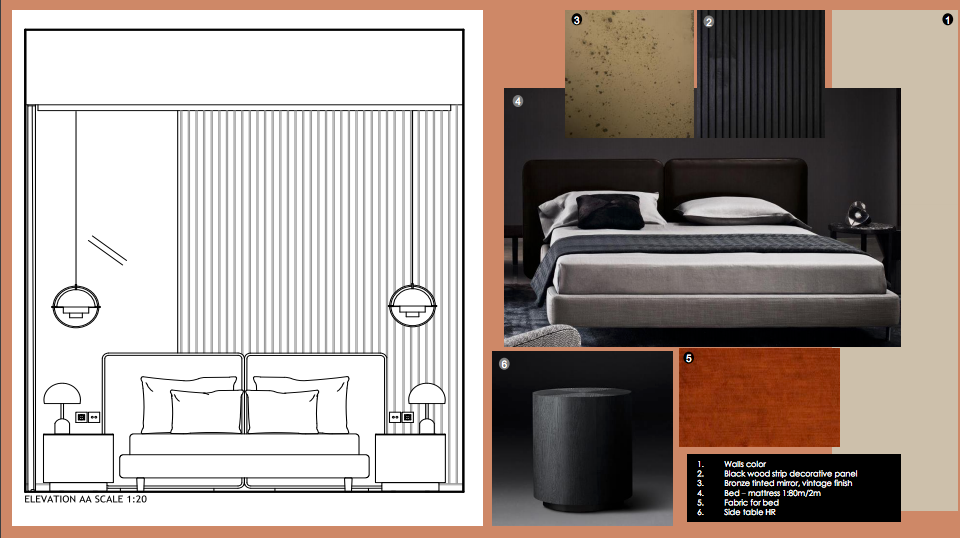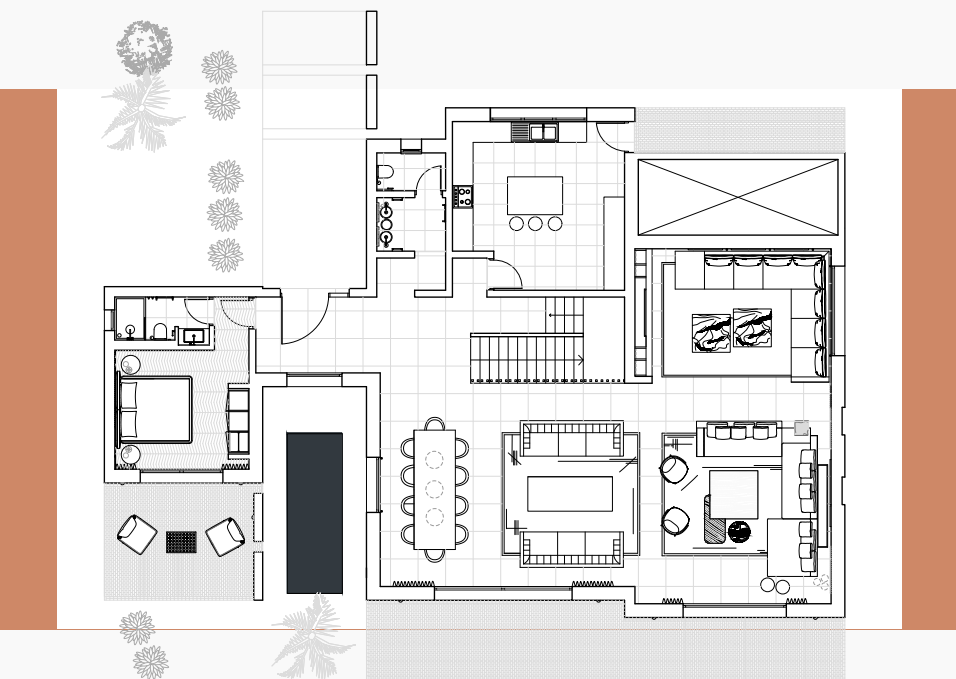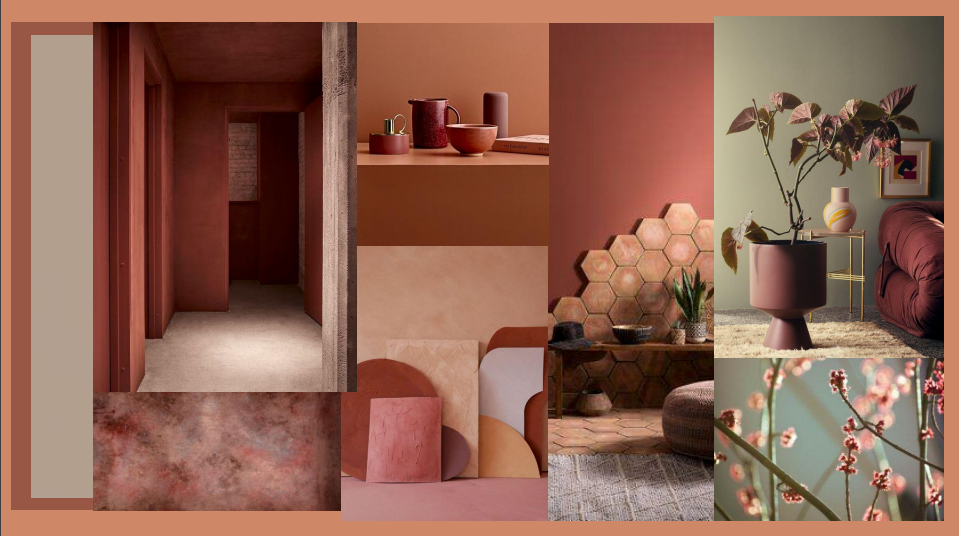Many people think that an interior designer’s job is to choose beautiful things and style them to create the perfect home, tailored to a client’s needs and wishes. Of course, this is a part of a designer’s remit but there is a lot more work involved to collate the design and then be able to convey this information to both the client, contractors and producers in a professional way. Join Lyndall Fernie as she discusses what is involved within the role and what sort of personality traits makes a good interior designer.
Lyndall has been working as an Interior design consultant for private clients, developers, and interior design companies, specialising in the remodelling of high-end residential properties for over 25 years. Previously she worked as a Fashion designer in Italy and then in PR for a record company until she decided that Interior design was the most fulfilling of these three careers. As well as teaching at Chelsea College of Arts, both in London and in Dubai, she has also taught at several other leading design schools and is passionate about imparting her knowledge to people who seriously want to immerse themselves in the world of design.
We gathered Lyndall’s best advice for those thinking of developing their skills and taking the next steps into an interior design career. Lyndall leads some of our best online interior design courses – including our Introduction to Interior Design - Part 1 and Part 2 great for those looking for guidance on how to become an interior designer.
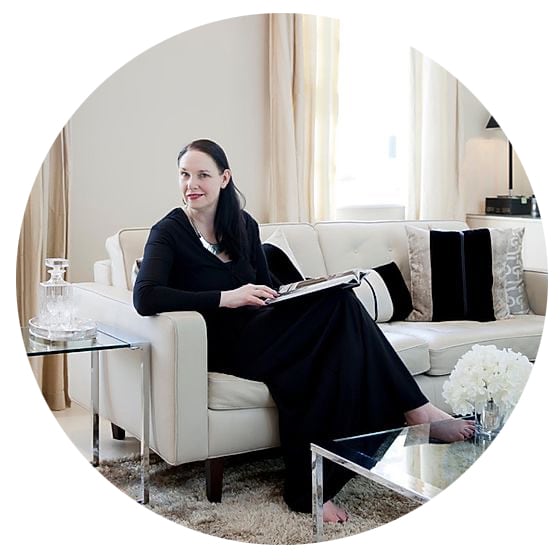
Things to remember for budding Interior Designers
When you think of interior design, many people think of creatives with a good eye – it’s worth noting that to be an interior designer, you don’t have to have ‘good taste’ according to everyone. Taste is subjective and your style may not fit every client.
Interior designers are not shoppers – although shopping is certainly part of the job, many interior designers will hardly ever go shopping with clients (in fact Lyndall notes “we try to avoid shopping with our clients!”)
TV programmes get it all wrong – in many interior TV programmes, interior designers are seen shopping, creating designs on a strict budget (ie. under £1000) and painting furniture themselves. Though Lyndall tells us, interior designers often don’t make or paint items, as it’s best to get a professional in that field to complete the work. Neither do many designers work on design projects with a budget of £1000, Lyndall adds “it’s impossible... that's closer to a fee for a project, than it is a client budget for a whole room. The budgets in interior design are much higher than a £1000.”
An interior design career isn’t as easy as it looks nor as glamourous – think of a building site, rubble with light fittings loosely hanging whilst you wear a hard hat and high visibility jacket. That’s a normal day as an interior designer working on a project.
They don’t just design homes – interior designers are often seen as house therapists, using their design knowledge to create spaces that make their clients happy designing shops, hotels, restaurants, bars etc.
What skills and traits do you need for a interior design career?
- Good at visualisation
- Perfectionist
- Personable
- Persuasive
- Passionate
- Good at multi-tasking
- Quick thinker
- Problem solver
Q&A with interior design expert Lyndall Fernie
We asked Lyndall, a interior design expert and short courses tutor to answer some of your questions about getting started as a Interior Designer, from client queries on taste and style to the best software to use for creating your axonometric drawings...
Do I need to have a degree in interior design to work professionally?
If you already have completed a degree, you do not need to do another degree to be an interior designer – there are certain countries where you must have a qualification. Though in the UK, you don't have to have a qualification in interior design to work professionally.
What is the best way to get started as a interior designer?
The best starting point is through learning, whether that be a short course or a one-year course – “I highly recommend that you learn how to do it first, because you can see how much work it is... from technical drawings to design packages and colour theory” Lyndall leads a series of interior design short courses that can help guide you thorough getting started, from Interior Design – Module One, Two and Three.
What happens when a client doesn’t like your interior designs?
This is why a concept board is a key part of the process – this sets the agreement that the client likes the direction and interior ideas you have for their project. If a client changes their mind mid project and decides against the whole concept and ideas, they may be charged for a re-design. Though if they want tweaks or edits, they are possible to do mid-project.
What software do you use to make axonometric drawings for houses?
Lyndall’s advice – “SketchUp, Vectorworks and AutoCAD. All of them can do axonometric drawings.”
Will a short course at UAL give enough insight to start working in the interior design industry after completion?
We’ve had a lot of students go on to work as interior designers – Lyndall notes, “as long as you do module one, two and three, those three modules together would enable you to go and work in interior design.
What if you’re having a career change, to interior design?
Short courses offer a great starting point, as they are built to be taken by those who are working – we offer evening, weekend and one day per week options.
Is it essential to have work experience or can I set up as an individual interior designer?
“Lots of people do go straight out and set up on their own, though I do recommend that you go and make all your mistakes on somebody else's money, because you will make mistakes at the beginning and someone else can pay for that.... I highly recommend you work for someone else for at least one year, maybe two, until you feel ready to set up in terms of securing regular jobs as an individual.”
Where do you find your references for projects?
Pinterest is your friend; Lyndall notes she prefers it to Instagram – “I get lost for hours on Pinterest...I love Pinterest...I think for interior designers, I think Pinterest has got better stuff.”
Learn the basics of technical design softwares such as AutoCAD with our Autocad for Interior Design Short Course, enabling you to accurately set out your design proposals.
